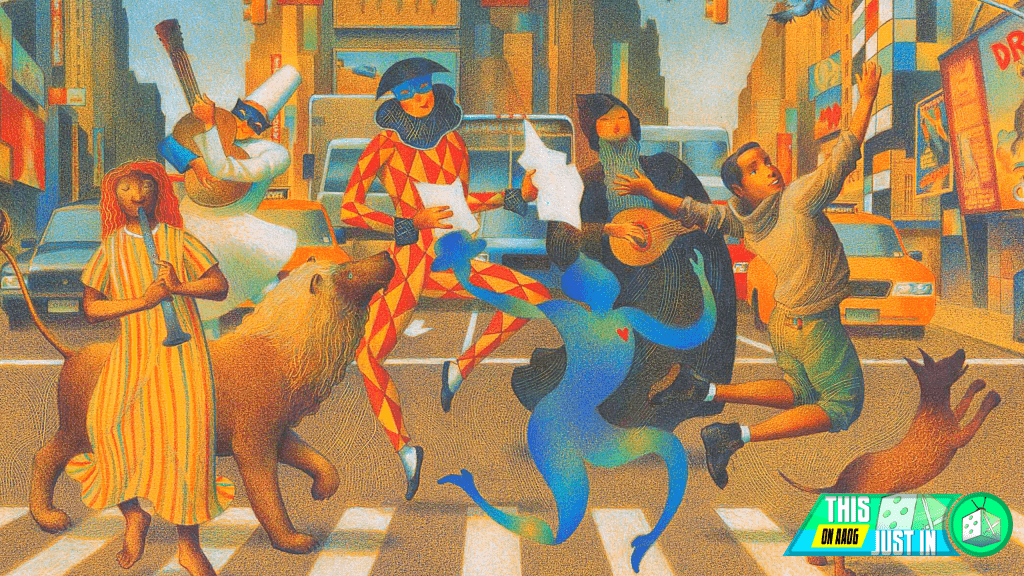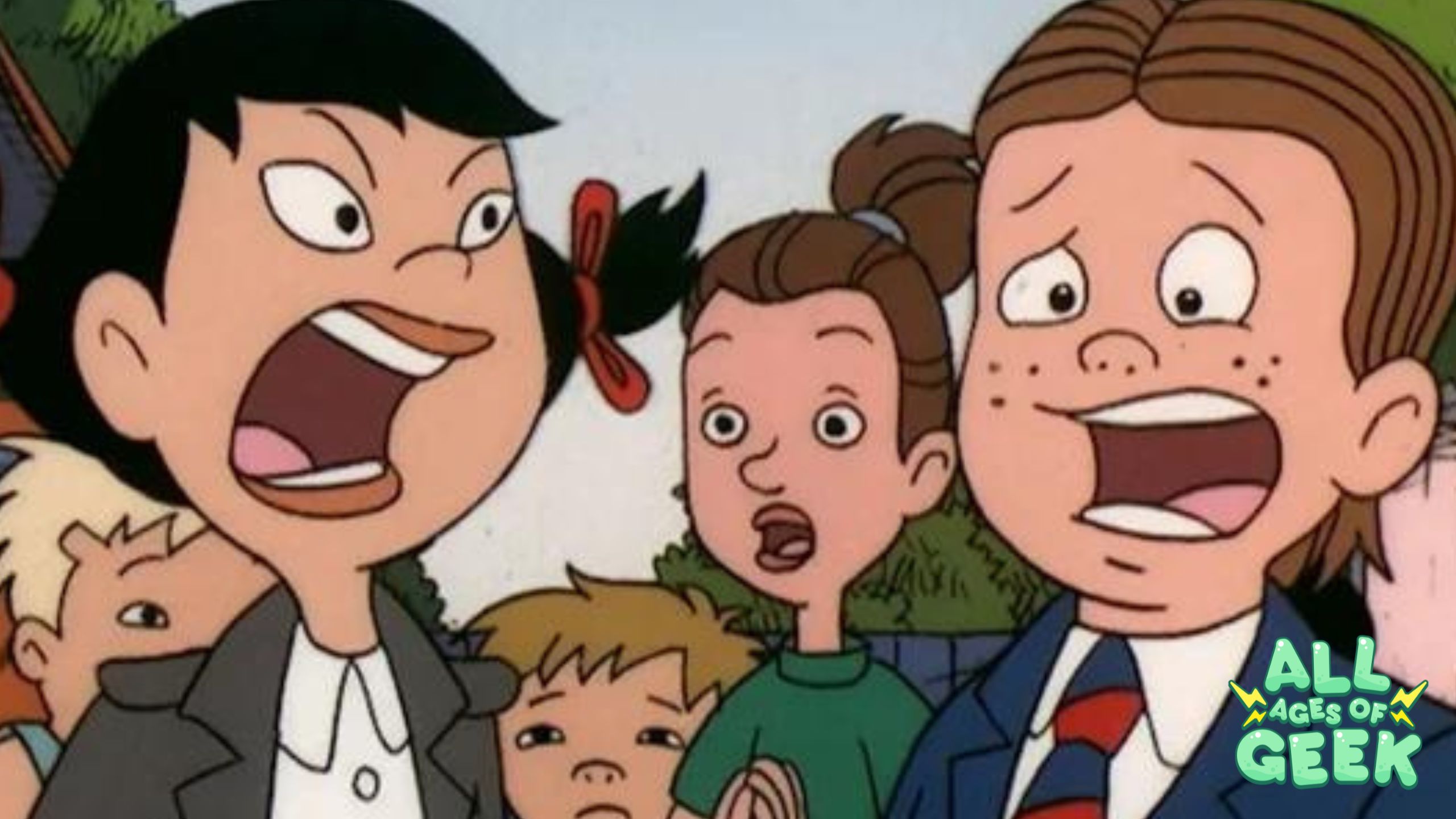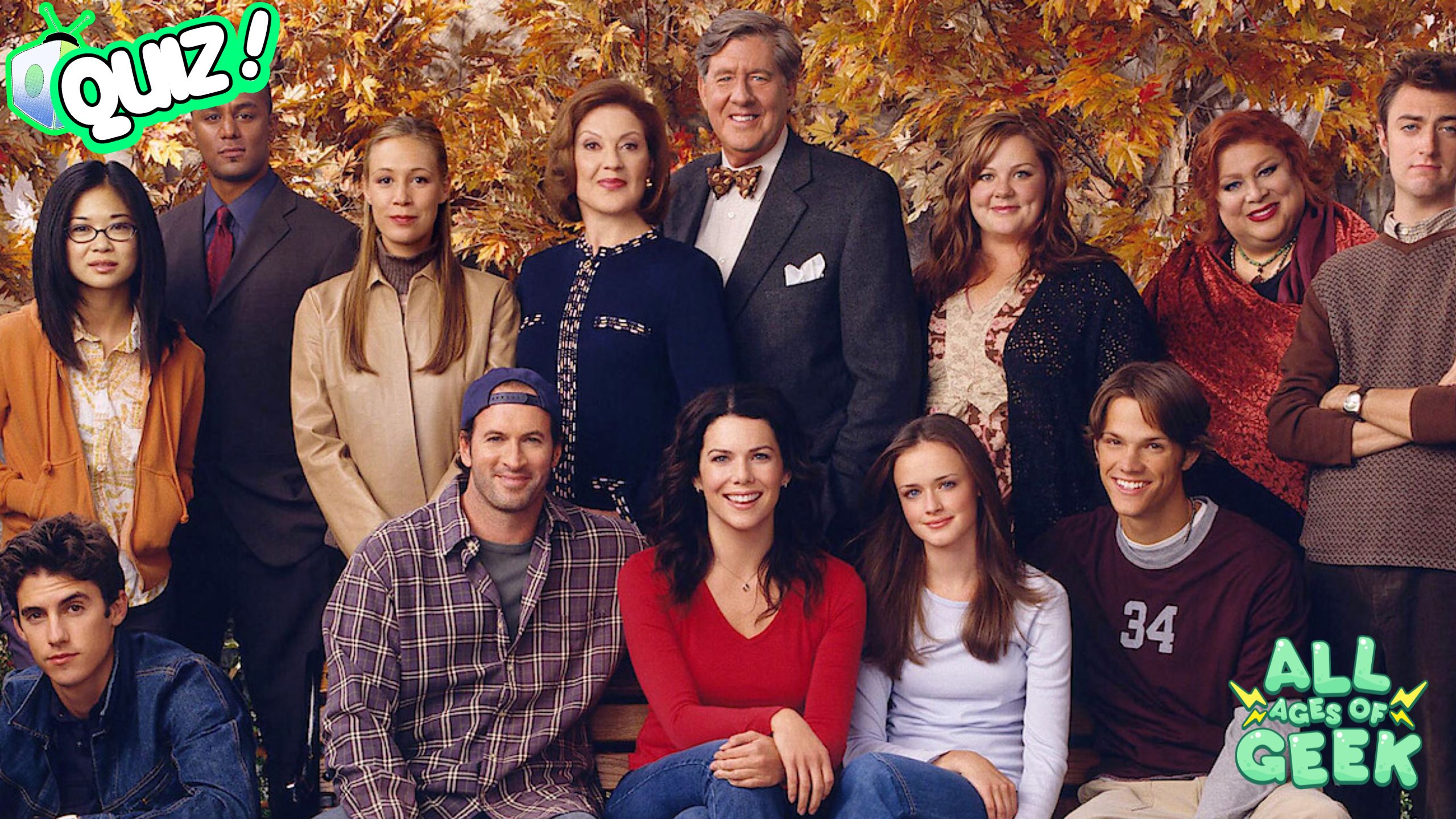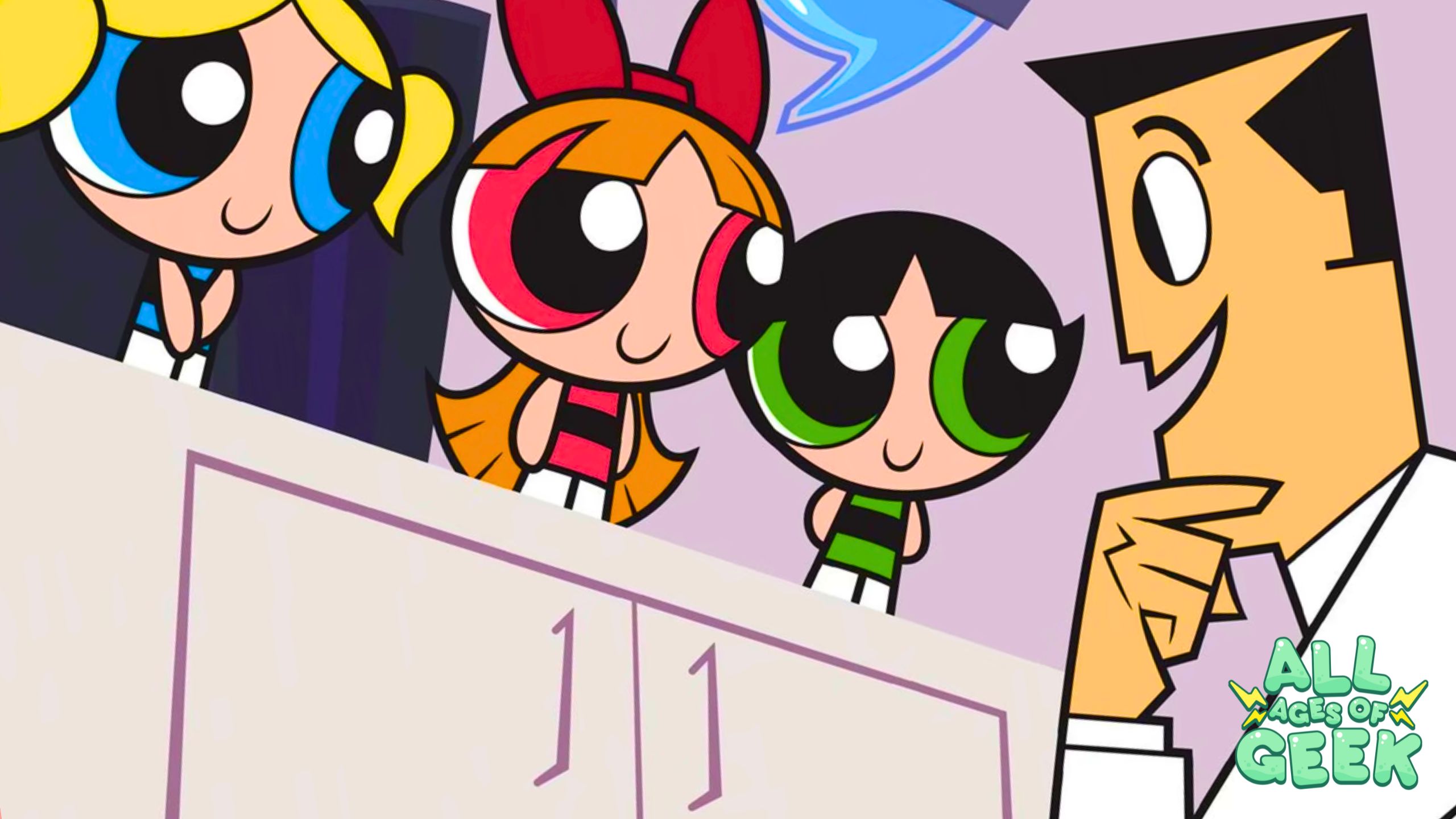I’ll never forget the overwhelming, pure unbridled joy and scintillating whimsy I felt visiting The Butterfly Conservatory at The American Museum of Natural History in New York.
While at the conservatory, Eric Carle’s The Very Hungry Caterpillar came up in conversation, and my impassioned friend could not compute that I had not read the book as a child. I’m a stubborn guy (I know right, spoilers), and at first, refused to acknowledge the ubiquity of this book and my caterpillar-compromised childhood. It became a thing and she eventually bought me the book. As a grown adult man, I’ve never related more to a story in my life. A young caterpillar who eats and eats and then hides away and has one of the craziest glow-ups of all-time. Like, same.

Shortly after, I became a fan of Eric Carle’s work. In a beautifully serendipitous fashion, All Ages of Geek and The Eric Carle Museum of Picture Book Art reached out to see If I’d be interested in interviewing the 2021 Carle Honors Honorees for their art auction and virtual fundraiser, “The Very Virtual Benefit & Auction.” Many of the Honorees having inspired my creative pursuits, this was a genuinely awesome opportunity, and I’m thankful to have been a part of the event.
It was my immense pleasure to interview a prolific illustrator, who has had an undeniable influence on me during my creative journey, especially with his work’s connection to New York.
A few things before getting into the interview, minimal edits were made to preserve the voice of the interviewee. Most of the books linked will take you to either Eso Won Books or The Lit. Bar: Bookstore & Chill, both are independent Black-Owned Bookshops. I’ll continue to link out to Black-owned businesses that stock whatever cool things are mentioned throughout my geek-writing tenure. Support independent businesses, homies.

2021 Carle Honors Honoree, Raúl Colón, is a pivotal, award-winning figure in illustration. He’s known for his illustrated New Yorker covers, his work in The New York Times, several compelling children’s books (Draw! and Imagine!), and even an MTA mural at the 191 Street subway station.
Rohil: What were the formative children’s books from your upbringing? Any cherished library finds?
Colón: My family was a reading group. I would see my Dad read his Mickey Spillane pulp fiction as well as his magazines, and my mother, who read and studied the Good Book. She took the time to teach my sister and I to read and write in Spanish as we learned English in school.
Most of the books I read as a kid were my sister’s school books. She was four years older than me, a few grades ahead. I thought her school books were a lot more interesting than the ones they gave me in class. That’s how, at a very young age, I ended up reading the story that had the biggest impact on me: The Legend of Sleepy Hollow.
Great scary tale accompanied by beautiful pen and ink illustrations. Years later, I realized I probably didn’t understand half the words when I first read it, but it did scare the daylights out of me, and that was good! It remains one of my favorite stories.
Rohil: Which of Eric Carle’s work has connected with you the most?
Colón: The Hungry Caterpillar is the Eric Carle masterpiece that I initially saw and read. What knocked me out was his intricate use of color and texture. There was a lot to learn from studying his art. And I did.
Rohil: During your layered color tests, can you recall any palette epiphanies, where you immediately knew a particular color scheme would become a staple in your work?
Colón: When I decided to put a portfolio of my work together, to promote myself as a freelance illustrator, I began experimenting with different mediums and studying color. I looked through the art books I found at my local library and absorbed everything that caught my eye.
The Impressionists led the way when it came to color schemes. I used Prismacolor pencils and then also watercolors to achieve the effects I was interested in.
One epiphany took place when I realized that by putting a light golden yellow wash on the paper to start with, I could enhance the colors I laid over it. It was a distinct warm glow, even if I used cool colors like blue or purple. That glow has gotten me quite a few assignments.
Rohil: What is your process for generating visual puns, like the eye of the storm in “Orson Blasts Off!” Are they more just quizzical spontaneous thoughts, or are they considered moments, keeping in mind the demographic or audience of children?
Colón: For the first book I wrote and illustrated, “Orson Blasts Off,” I did think of using visual puns as the story went along. I was mostly working as an editorial illustrator at the time, and visual metaphors were a constant. I knew children would enjoy some simple-drawn concepts like the ones you find in the book.
Rohil: How do you feel the production pipeline (conception to print) has changed across the span of your prolific career from earlier works like Sharon Dennis Wyeth’s “Always my Dad” to your more recent, “Imagine!”?
Colón: Technology has definitely changed the landscape when it comes to publishing picture books. For instance, a mistake can be corrected with a push of a button. The book cover for “Draw!” had an off white background, and my art director, Laurent Linn, wanted to use a blue sky I had colored for another piece. He asked me if he could change the background to that particular blue, digitally. I said fine, and that was that. It worked. I didn’t need to move a coloring finger. That’s how technology helps. Pieces don’t need to be returned via air carriers or local couriers like they used to. However, I don’t take advantage of this because I work “traditionally. ” For me, technology is a means, not an end. When it comes to children’s books, I really don’t mind physically reworking a visual. Just DON’T make a mistake in the first place.
Rohil: During your 2014 National Book Festival presentation, you mentioned that Kubrik’s 2001: A Space Odyssey was a significant influence in some of your work, notably in your January 8, 2001, cover of The New Yorker. Could you speak more about the key aspects of the film that inspired you and any other movies that served as a formative experience, where it be more Kubrik or others?
Colón: I saw the movie 2001: A Space Odyssey when I was sixteen-years-old. In those days you could stay in the theatre and watch the movie if it was played again. I did stay, watched it twice as a patron nearby slept, and many people had left after the first showing.
To use a term of the time – ‘It blew my mind!’ Again, it is a film that did not need to be fully understood to fully enjoy. Today I pretty much know what it’s all about, but my brain didn’t fight me at the time. The images, the music, the slow-moving, but compelling story, all of it was like nothing I had ever seen on a screen. It was not, and still is not, the typical Hollywood fare.
The symmetry of each composed film shot is one of the things I sometimes try to emulate when I work on a piece. The book I was pleased to illustrate, “Child of the Universe,” written by an astrophysicist, Ray Jayawardhana, is a dream come true. I used a lot of 2001: A Space Odyssey in it. If you look closely, you will find a direct reference to Kubrik in one of the visuals. I’m not telling.

Rohil: What was the overall process like (from submission to completion) for your 191 Street MTA mural, Primavera? Could you describe what it felt like working on the mural and what it feels like to be ingrained into the City and people’s commutes?
Colón: As for the 191 street mural, the MTA had decided to allow different artists, such as illustrators or “fine” art painters, to participate in their Subway Stations restoration plans. I received schematics of the 191st. Station and worked up a concept for the mural. I submitted the piece, as so did multiple artists. The community board chose my idea. This was all in pencil, and then I proceeded to illustrate the piece in full color. I had to meet with the owners of a company in Montreal who specialized in putting mosaics together. Two talented women who absolutely transferred every color in my work into thousands of tiles. The whole mural was assembled in Canada, and after I visited for the third time and gave my final approval, with the blessings of the MTA, it was dismantled, put in crates, and transferred to NYC, where it was reassembled. I missed the opening day of the station, which had been closed for almost a year. I hear the commuters were surprised and pleased by the work the MTA did at the station. I am proud that now, I have a part of me as a piece of the City. Though sometimes I forget it’s there.
Find more on Raúl Colón’s work here.
This interview was conducted through All Ages of Geek as part of The Eric Carle Museum of Picture Book Art’s “The Very Virtual Benefit & Auction” Planned for September 2020.
The Eric Carle Museum of Picture Book Art is a non-profit organization in Amherst, Massachusetts, working to inspire a love of art and reading through picture books. The Carle collects, preserves, presents, and celebrates picture books and picture book illustrations from around the world. In addition, The Carle offers educational programs that provide a foundation for arts integration and literacy.
The Eric Carle Museum of Picture Book Art houses more than 11,000 objects, including 7,300 permanent collection illustrations, three art galleries, an art studio, a theater, and scholarly libraries.











